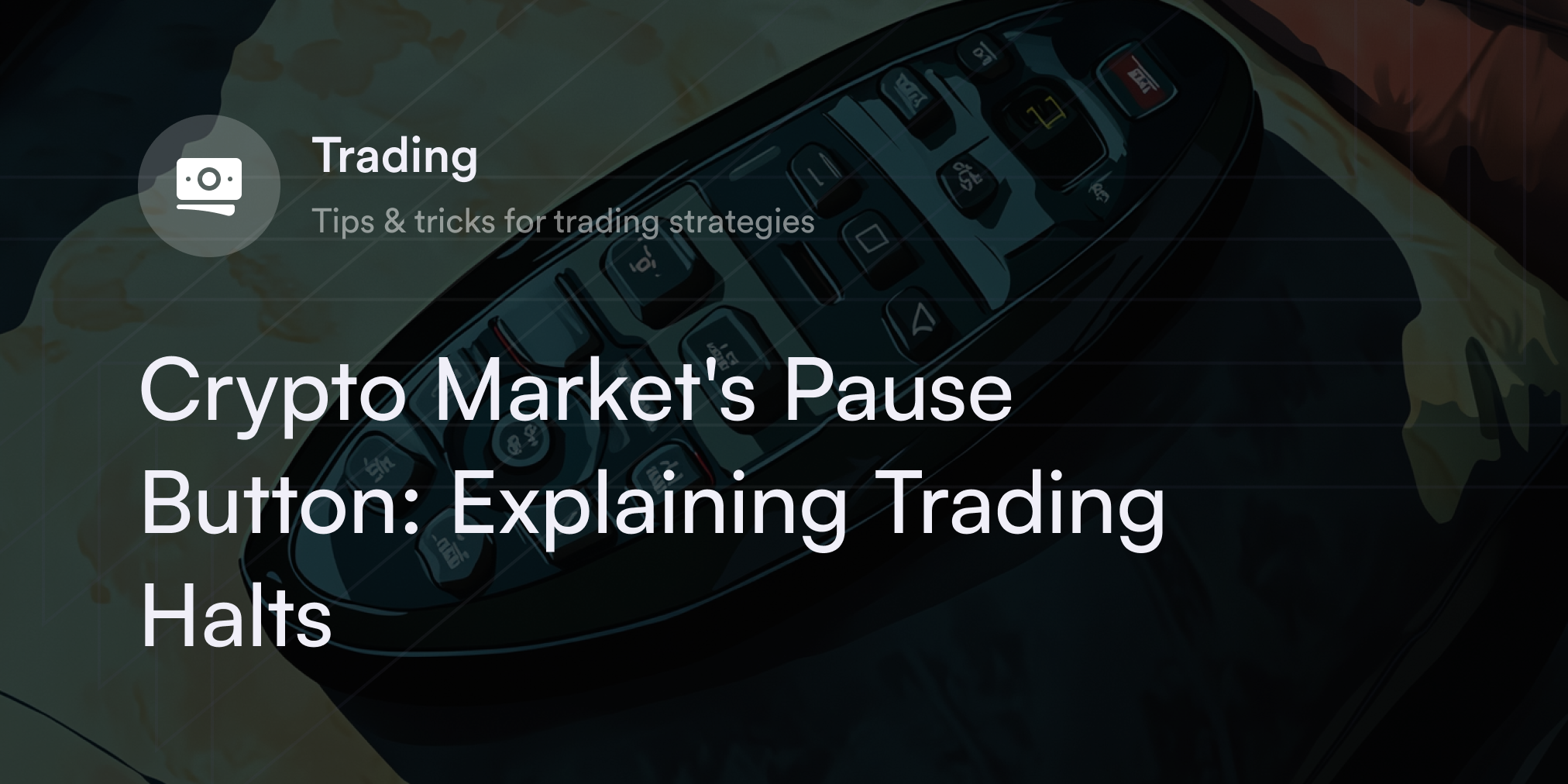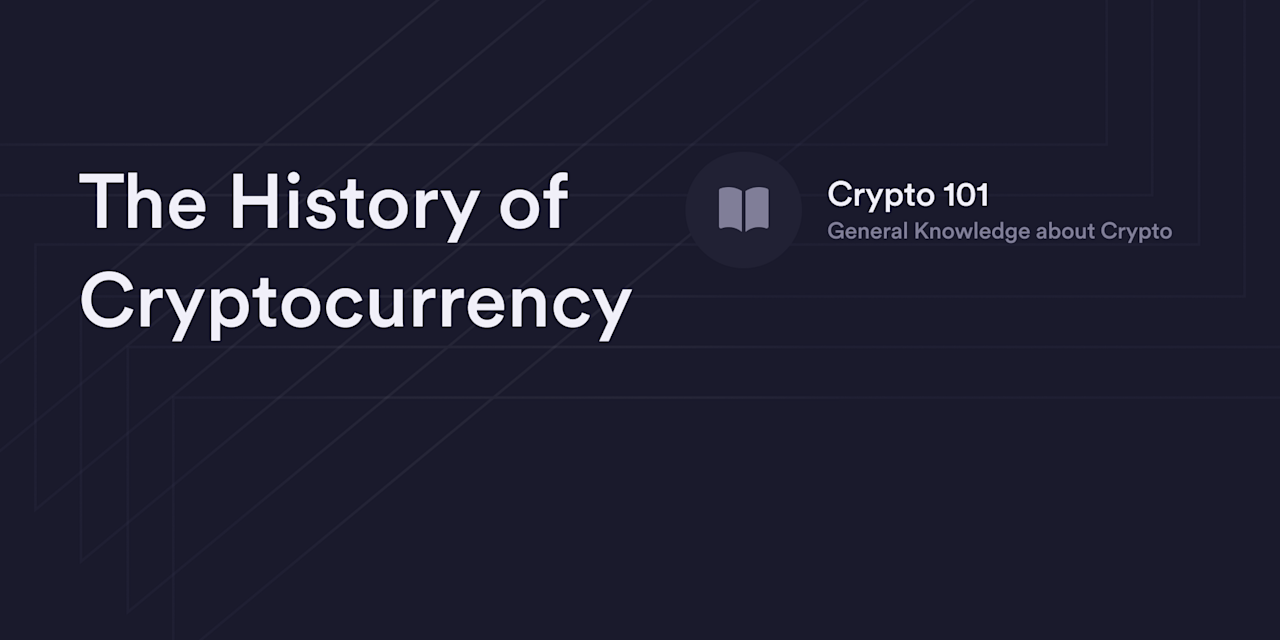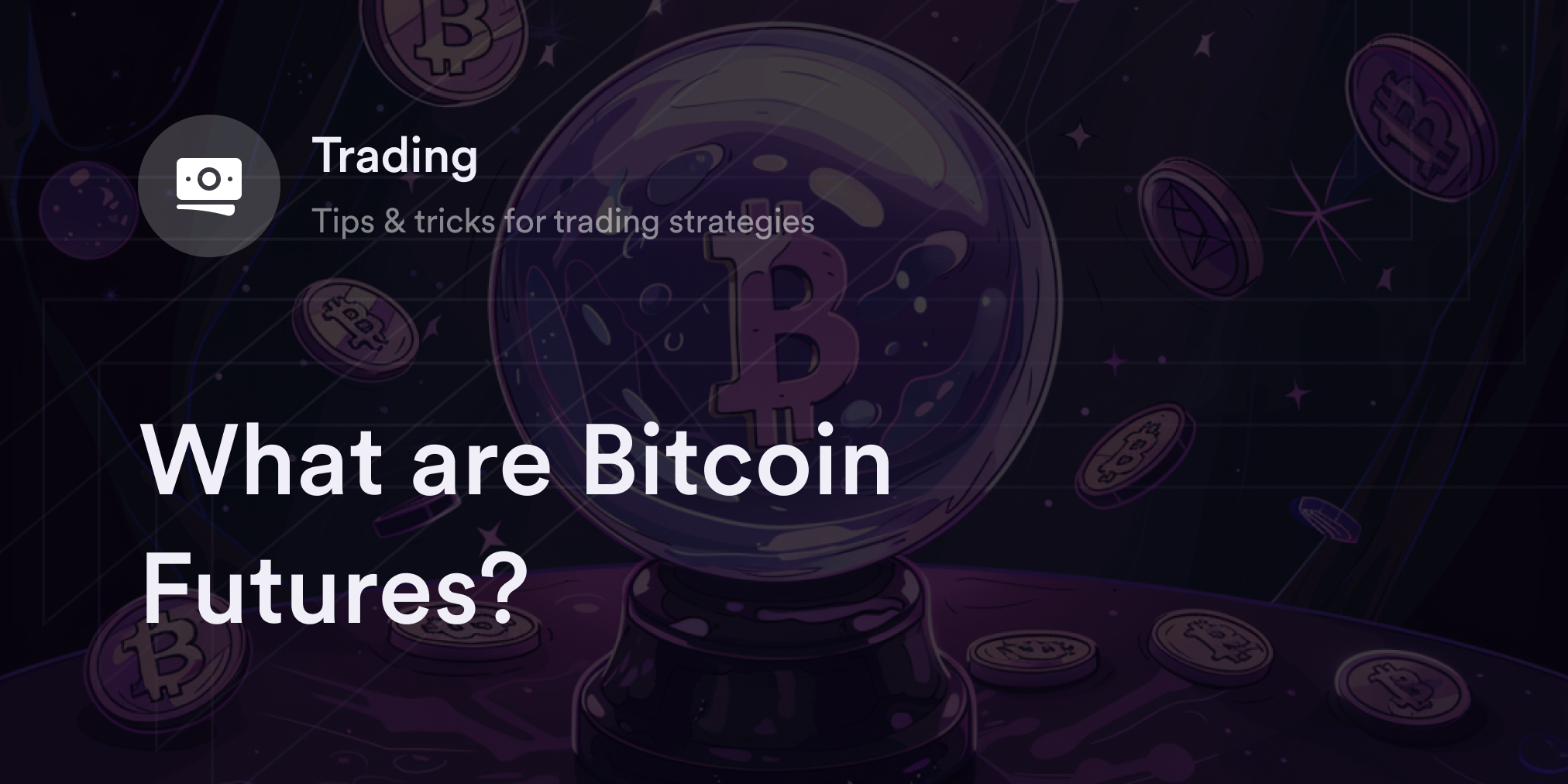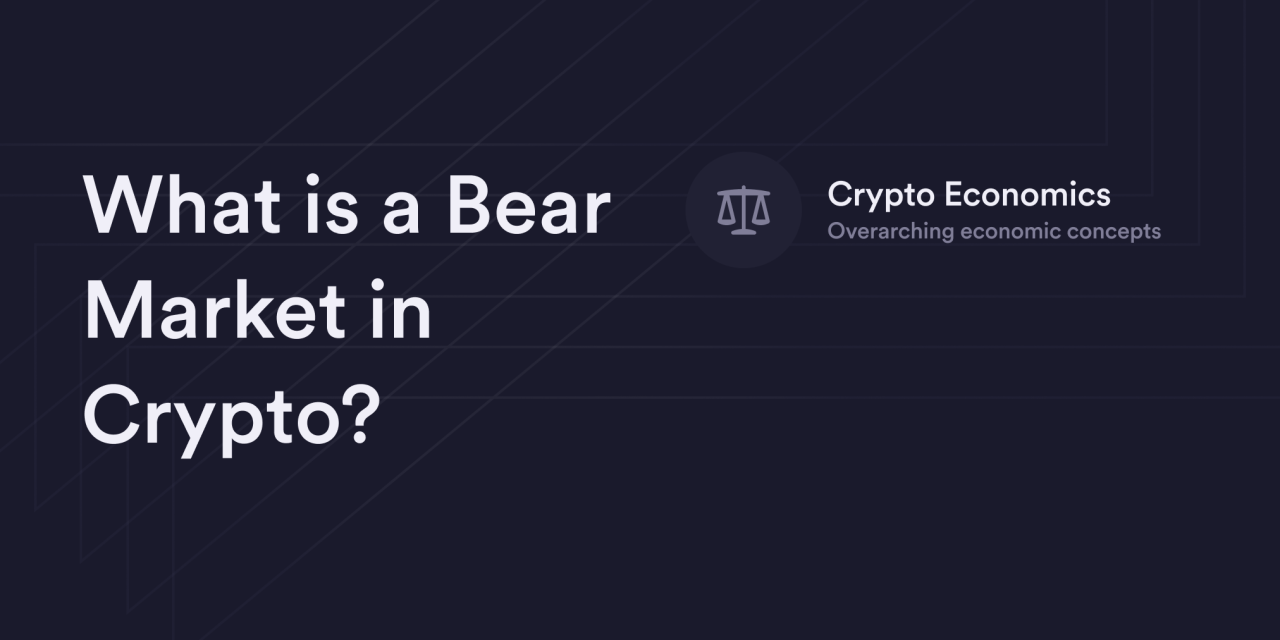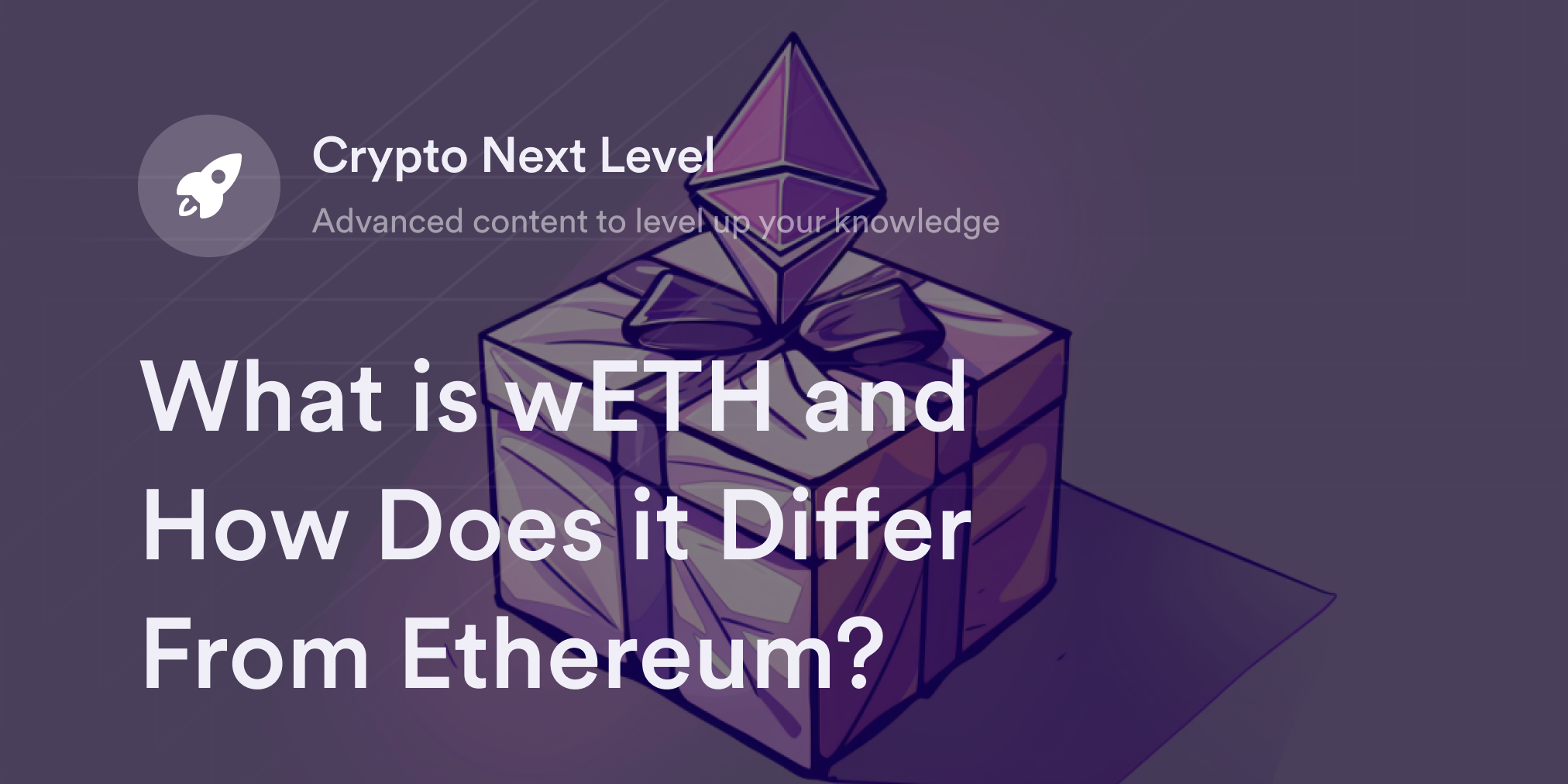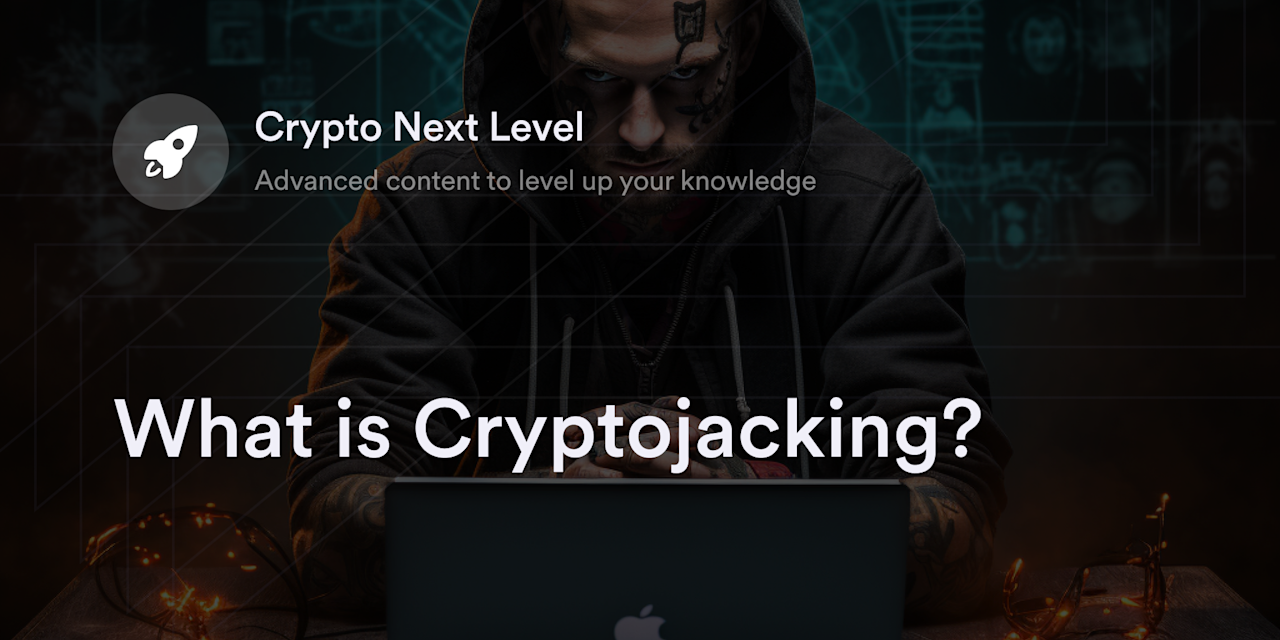
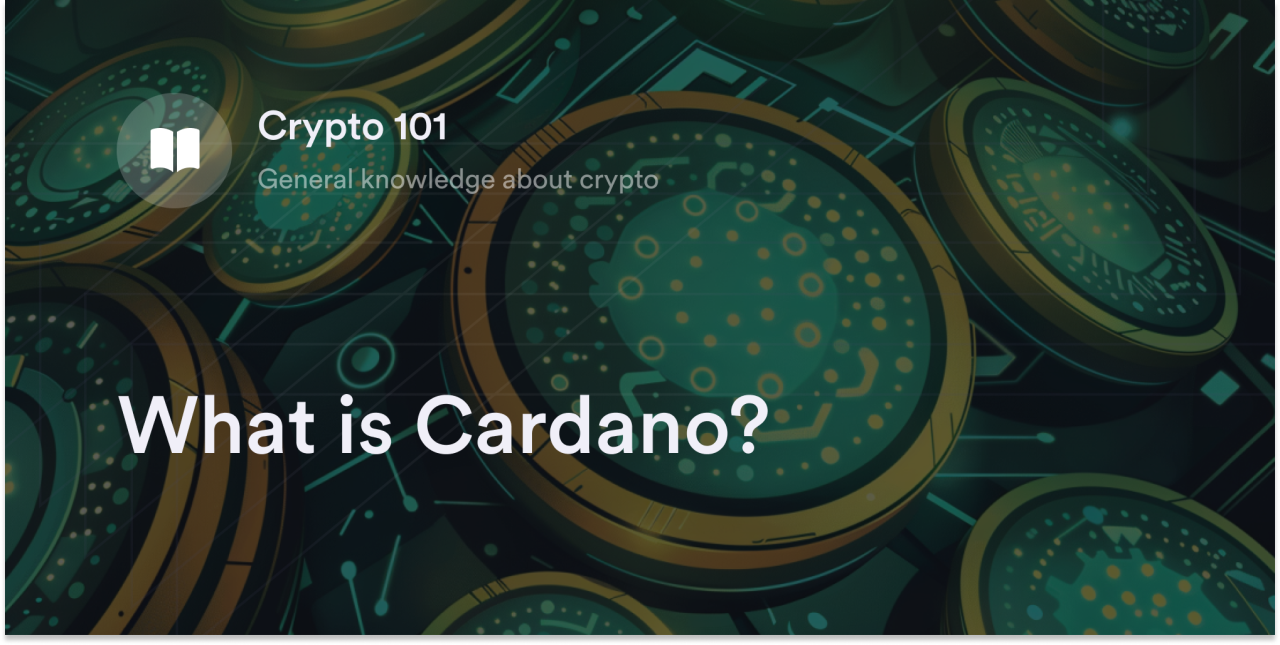

Crypto traders track digital asset prices every hour since the cryptocurrency ecosystem is highly volatile. 2017, specifically, was a wild year, with Bitcoin (BTC) posting an all-time high and then dramatically falling in value. All these price swings put the virtual currency world under scrutiny, and traders started gambling with BTC’s prices, leading to Bitcoin and the entire crypto industry witnessing steep growth. As the digital assets market skyrocketed following Bitcoin’s lead, traders spent more than $20 billion on early-stage crypto businesses offering obscure proprietary tokens. Although some initial coin offerings (ICOs) were scams or pump-and-dump schemes, a few serious cryptocurrencies emerged during this era.
Most notably, the Cardano blockchain entered the crypto market as an ICO in 2017, and its ADA coin now often ranks as one of the top 10 cryptocurrencies by market cap. Cardano's founder Charles Hoskinson has also become a celebrity in the crypto industry with a considerable following on social media.
So what is Cardano and why does it continue to play a significant role in the Web3 ecosystem?
What is Cardano?
Cardano is a decentralized cryptocurrency network (aka blockchain) that attempts to provide users a faster and more scalable alternative to the Ethereum (ETH) protocol. Like Ethereum, Cardano lets third-party developers create decentralized applications (dApps) in fields like decentralized finance (DeFi), play-to-earn games, and non-fungible token (NFT) markets. Due to Cardano's many similarities with Ethereum, it's often placed in a category of cryptocurrencies called "Ethereum competitors," which includes names like Solana, Avalanche, and Polkadot.
Before working on Cardano, cofounders Charles Hoskinson and Jeremy Wood were lead developers on the Ethereum blockchain. Hoskinson and Wood split from the Ethereum team in 2015 to pursue new software technologies and address Ethereum's scalability issues, especially its slow transaction speeds and high network fees. Before Cardano's public launch in 2017, early adopters spent more than $62 million in premarket sales for the blockchain's ADA coin. Software companies Input-Output Hong Kong (IOHK) and Emurgo manage Cardano's ongoing development, while nonprofit Cardano Foundation organizes funding for the blockchain.
How Does Cardano Work?
Cardano uses a unique proof-of-stake (PoS) consensus model called "Ouroboros" to verify crypto transactions on its network. Similar to other PoS models, computers (aka nodes) on the Cardano blockchain lock the native ADA cryptocurrency to get a chance to confirm and post crypto transfers on a public payment ledger. Although Cardano uses Verifiable Random Functions (VRFs) to assign different validators for each data block, nodes that "stake" the highest contribution of ADA have the best odds of posting multiple transactions and receiving crypto rewards.
A distinctive aspect of Cardano's PoS system is its emphasis on organizing transaction data into two different time sets: epochs and slots. In the Ouroboros model, an "epoch" equals five days of transaction data grouped into one-second "slots." The Cardano Foundation estimates the blockchain's algorithm assigns a new "slot leader" to post ADA transfers every 20 seconds (or 20 slots). However, the confirmation speed per slot fluctuates depending on the number of users on the protocol, making it possible for Cardano to post an average of 250 transactions per second (TPS). The epoch/slot model’s flexibility helps Cardano naturally adjust for network demand, which accounts for its ease of scalability, fast confirmation times, and low transaction fees.
In addition to its PoS design, the Cardano blockchain offers developers access to specialized programs called smart contracts. First introduced on Ethereum, smart contracts are blockchain-based protocols that execute commands based on precoded instructions. For instance, if someone makes a crypto transfer on a Cardano-based decentralized exchange (DEX) like SundaeSwap, the smart contract automatically recognizes transaction data and sends the requested crypto to a user's crypto wallet. Thanks to smart contracts, dApps on blockchains, such as Cardano, offer secure peer-to-peer (P2P) features without resorting to centralized entities like banks or governments.
What Makes Cardano Special?
Cardano takes a deliberately systematic approach to building its Web3 ecosystem, earning it a reputation as one of the most "scientific" cryptocurrency projects. The Cardano development team claims it won't implement new changes without conducting multiple trials and publishing peer-reviewed research papers for the community to consider before approval. Numerous academic institutions—including the University of Edinburgh and the University of Zurich—work closely with the Cardano Foundation, IOHK, and Emurgo on software upgrades. While Cardano's emphasis on scientific rigor slows its development, it positively influences Cardano’s reputation as a credible cryptocurrency project and reduces bugs or unforeseen errors.
Cardano also has a distinctive dual-blockchain system split between its Settlement Layer and Computation Layer. While the Cardano Settlement Layer is the main PoS network that verifies and records ADA transfers on the blockchain, the Computation Layer helps developers build dApps with smart contracts on Cardano's Plutus Platform. By separating these two, Cardano hopes to optimize its core blockchain's security and efficiency while offering programmers greater flexibility to build decentralized projects.
What is the ADA Coin?
Named after the pioneering computer scientist Ada Lovelace, ADA is the Cardano blockchain's native cryptocurrency. Cardano validator nodes lock ADA in "stake pools" on the blockchain to secure the protocol and broadcast new transaction data on Cardano's payment ledger. The more ADA there is in a stake pool, the more likely Cardano's algorithm will select it to confirm transactions and receive crypto rewards paid in ADA. Cardano's validators also have the option to use their ADA as "votes" on proposed upgrades from the developer community in on-chain governance proposals.
Cardano charges network fees (aka gas fees) for every transaction on its blockchain to compensate the ADA staking community. The ADA coins users pay for gas on the Cardano blockchain either goes to the stake pools or Cardano's Treasury. Although Cardano’s gas fees fluctuate depending on network demand and protocol changes, the average cost per transaction is typically below $0.50.
People also use ADA to access services such as decentralized trading on Cardano-based dApps or to buy digital collectibles like Cardano NFTs. Plus, ADA has become an actively traded crypto asset on centralized exchanges (CEXs) and DEXs because of Cardano’s popularity.
Where to Buy Cardano's ADA Coin
Dozens of CEXs––such as Coinbase and Gemini––offer ADA trading services. Even a few stock trading platforms like Robinhood offer ADA coins to traders. To find a complete list of brokers selling ADA, visit a crypto price aggregator's website, such as CoinMarketCap or CoinGecko, and search for "Cardano." On the aggregator’s Cardano price page, click the "Markets" tab to see the exchanges selling the ADA cryptocurrency.
How to Stake Cardano
If you hold ADA and want to earn passive income on your cryptocurrency, you can "delegate" ADA to a stake pool for a percentage of the node's crypto rewards. Download a Cardano wallet such as the Daedalus Wallet, Nami, or Yoroi to stake ADA on the Cardano blockchain. Then, transfer ADA into the new account using the wallet's public blockchain address. For example, if you want to send ADA from your Coinbase wallet to your Nami one, you must:
Log in to a personal Coinbase account.
Select "Cardano."
Click "Withdraw."
Enter how much ADA to send.
Copy the ADA public address in your Nami wallet.
Paste this Nami address on Coinbase.
And finally, confirm the transfer.
Note: Most Cardano-specific wallets like Yoroi have dedicated staking portals where you can choose from various stake pools to send ADA. Review each stake pool’s reputation and minimum ADA requirements before sending ADA to a validator. After confirming an ADA transfer to a stake pool, monitor ADA rewards in your wallet's staking dashboard.
Trade Cardano perpetuals on dYdX
Since ADA entered the top 10 cryptocurrencies by market cap, it's become one of the most actively traded coins on crypto exchanges. If you’re interested in buying or shorting ADA, dYdX offers Cardano perpetual contracts on our low-fee decentralized trading platform.
You can also enjoy easy access to dozens of advanced trading tools, including slippage controls, stop-loss orders, and up to 20x leverage. Learn more about how crypto perpetuals differ from other futures contracts on dYdX's blog and Academy.
Start trading on dYdX today!
Disclaimer
The content of this article (the “Article”) is provided for general informational purposes only. Reference to any specific strategy, technique, product, service, or entity does not constitute an endorsement or recommendation by dYdX Trading Inc., or any affiliate, agent, or representative thereof (“dYdX”). Use of strategies, techniques, products or services referenced in this Article may involve material risks, including the risk of financial losses arising from the volatility, operational loss, or nonconsensual liquidation of digital assets. The content of this Article does not constitute, and should not be considered, construed, or relied upon as, financial advice, legal advice, tax advice, investment advice, or advice of any other nature; and the content of this Article is not an offer, solicitation or call to action to make any investment, or purchase any crypto asset, of any kind. dYdX makes no representation, assurance or guarantee as to the accuracy, completeness, timeliness, suitability, or validity of any information in this Article or any third-party website that may be linked to it. You are solely responsible for conducting independent research, performing due diligence, and/or seeking advice from a professional advisor prior to taking any financial, tax, legal, or investment action.
You may only use the dYdX Services in compliance with the dYdX Terms of Use available here, including the geographic restrictions therein.
Any applicable sponsorship in connection with this Article will be disclosed, and any reference to a sponsor in this Article is for disclosure purposes, or informational in nature, and in any event is not a call to action to make an investment, acquire a service or product, or purchase crypto assets. This Article does not offer the purchase or sale of any financial instruments or related services.
By accessing this Article and taking any action in connection with the information contained in this Article, you agree that dYdX is not responsible, directly or indirectly, for any errors, omissions, or delays related to this Article, or any damage, injury, or loss incurred in connection with use of or reliance on the content of this Article, including any specific strategy, technique, product, service, or entity that may be referenced in the Article.
